- Home | Industry Update | Woven Dreams Of The Valley: A Gentle Revival Of Kal Baffi Ca...
Woven Dreams Of The Valley: A Gentle Revival Of Kal Baffi Carpets

In the serene valleys of Kashmir, a quiet revolution is unfurling not with loud fanfare, but with the soft rustle of silk threads intertwining on wooden looms. The timeless art of Kal Baffi, or hand-knotted Kashmiri silk carpet weaving, is stepping back into the limelight. These intricate masterpieces, known for their luminous sheen, meticulous knotting, and centuries-old elegance, are beginning to reclaim the place they once held in global markets and regal homes.
Tourism in the valley is experiencing a vibrant revival, and along with it, the demand for traditional crafts is witnessing a heartening surge. Among them, Kal Baffi carpets shine brightest, telling tales of heritage, patience, and unmatched skill. Despite enduring stiff headwinds from unpredictable market shifts to trade barriers imposed by global powers the spirit behind each carpet remains unbroken.
What is weaving this resurgence together is not only the admiration from international buyers but also a renewed domestic interest. Indian buyers are now showing deeper appreciation for homegrown luxury. Their love for unique, handcrafted elegance is nudging the craft toward new dawn. Designers and weavers are infusing fresh energy into traditional patterns, blending innovation with age-old finesse.
The geographic indication (GI) tag has emerged as a silent guardian, ensuring authenticity and protecting artisan identity. Each knot laid by skilled hands carries with it a promise of purity and origin. Global recognition is rising, gently lifting the fortunes of Kashmir’s weaving communities.
Still, to keep this delicate fabric of culture from fraying, support from the government remains vital. Artisans need nurturing through policy, training, and access to wider markets. Kal Baffi is not just a craft it is a living poetry of Kashmir’s soul, patiently waiting to wrap the world in its soft, silken embrace once again.
02:55 PM, Apr 22
Other Related Topics


Foreign Buyers Forge New Ties at UP International Trade Show
04:21 PM, Sep 30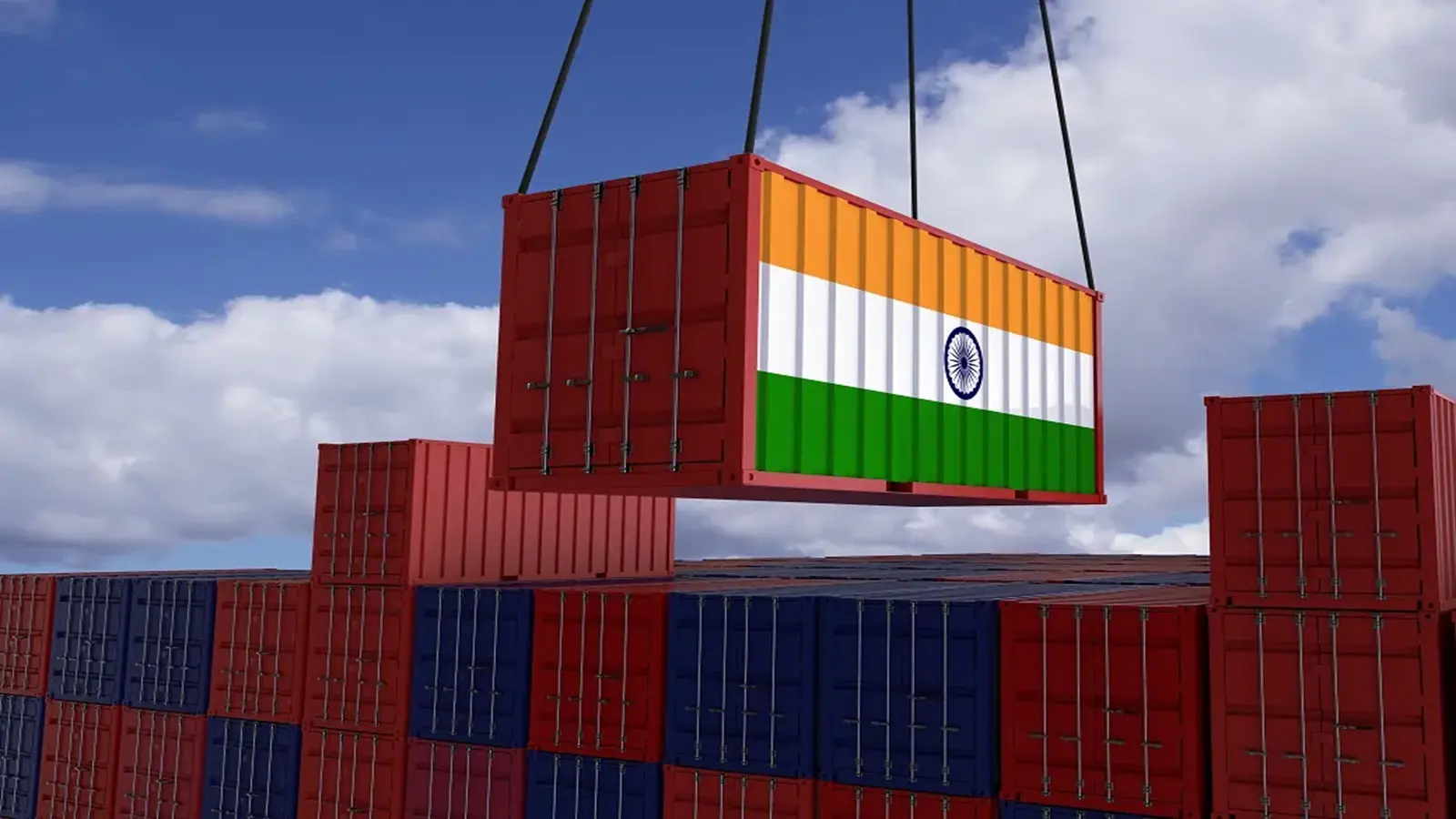
Government Extends RoDTEP Export Incentive Scheme Until March 2026
03:35 PM, Sep 30






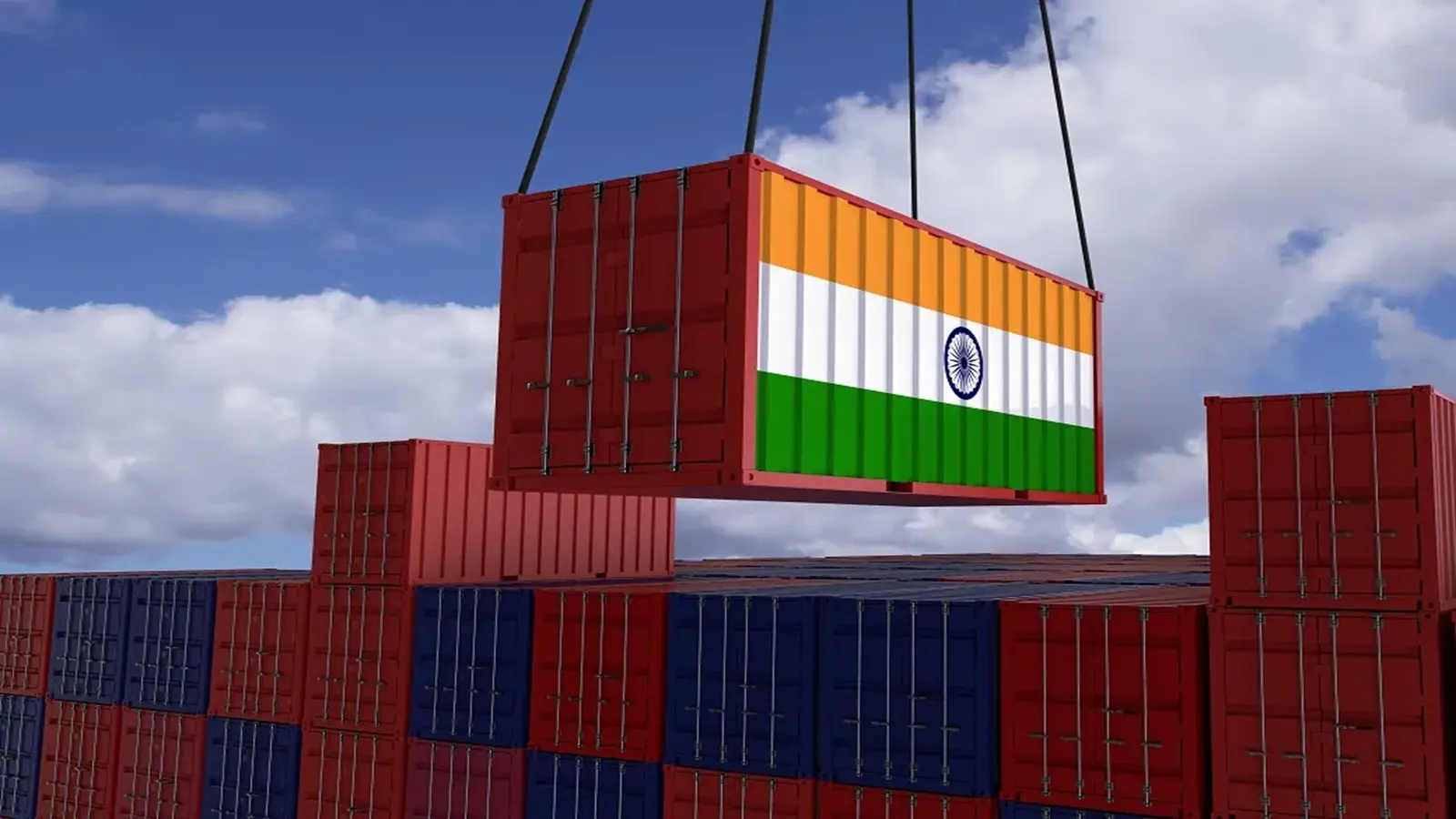

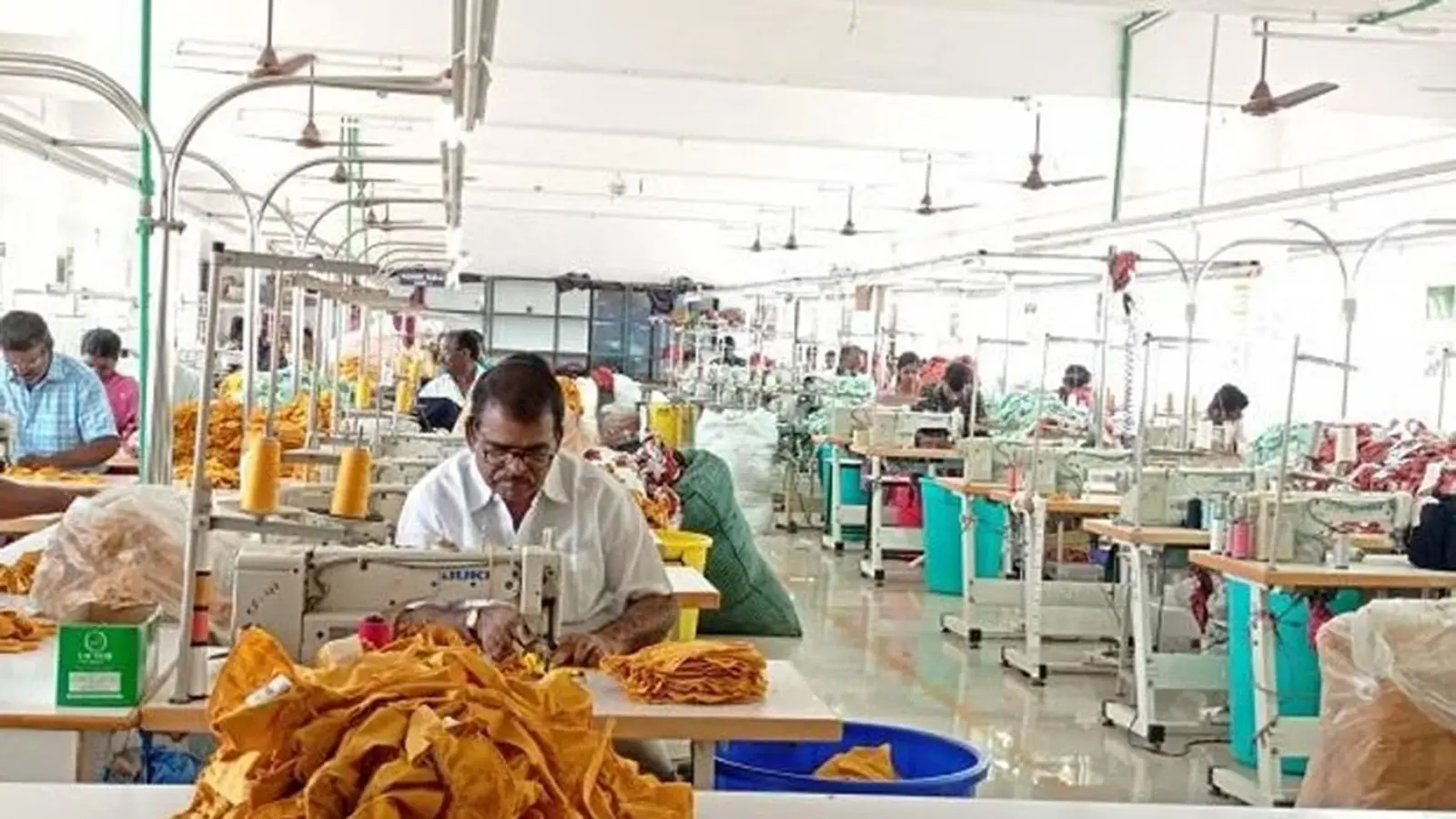



1.webp)

1.webp)


























.webp)














1.webp)
1.webp)


















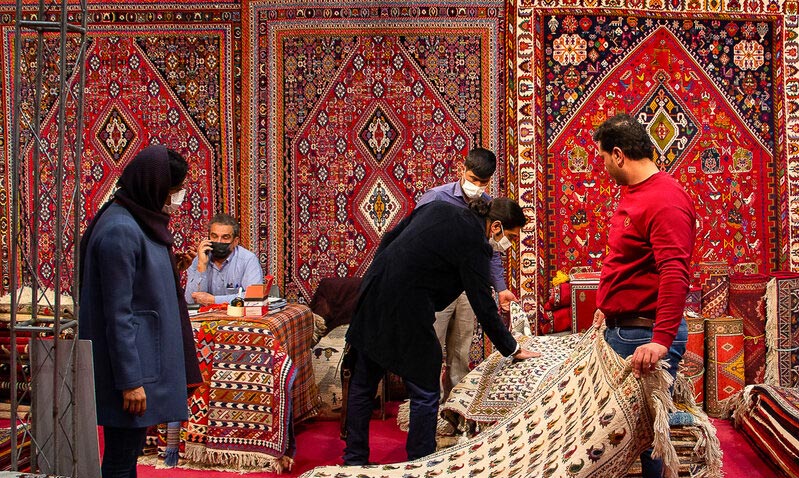








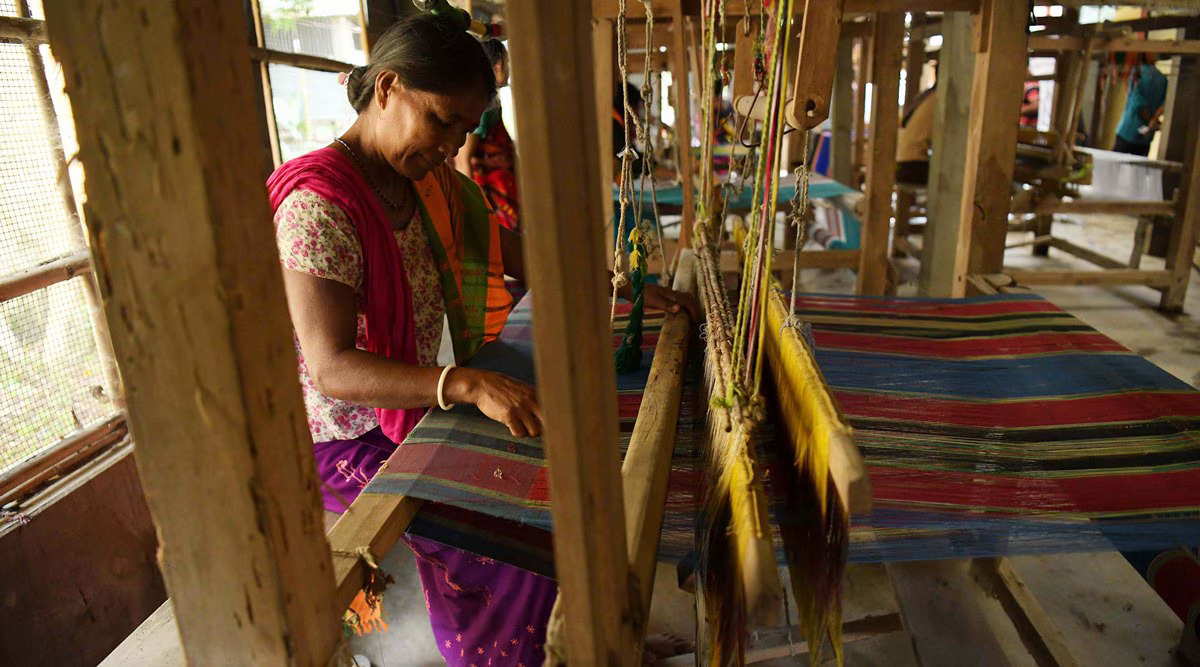



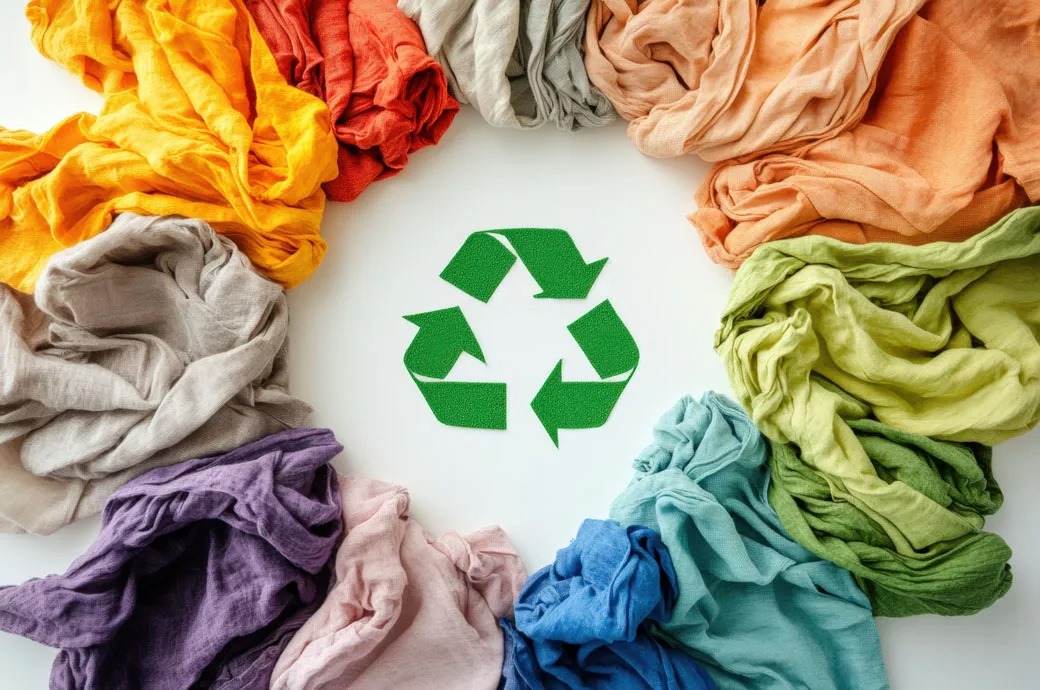










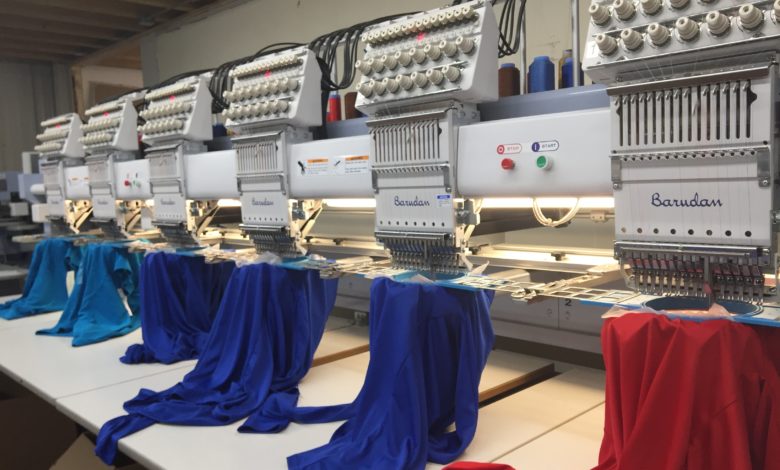













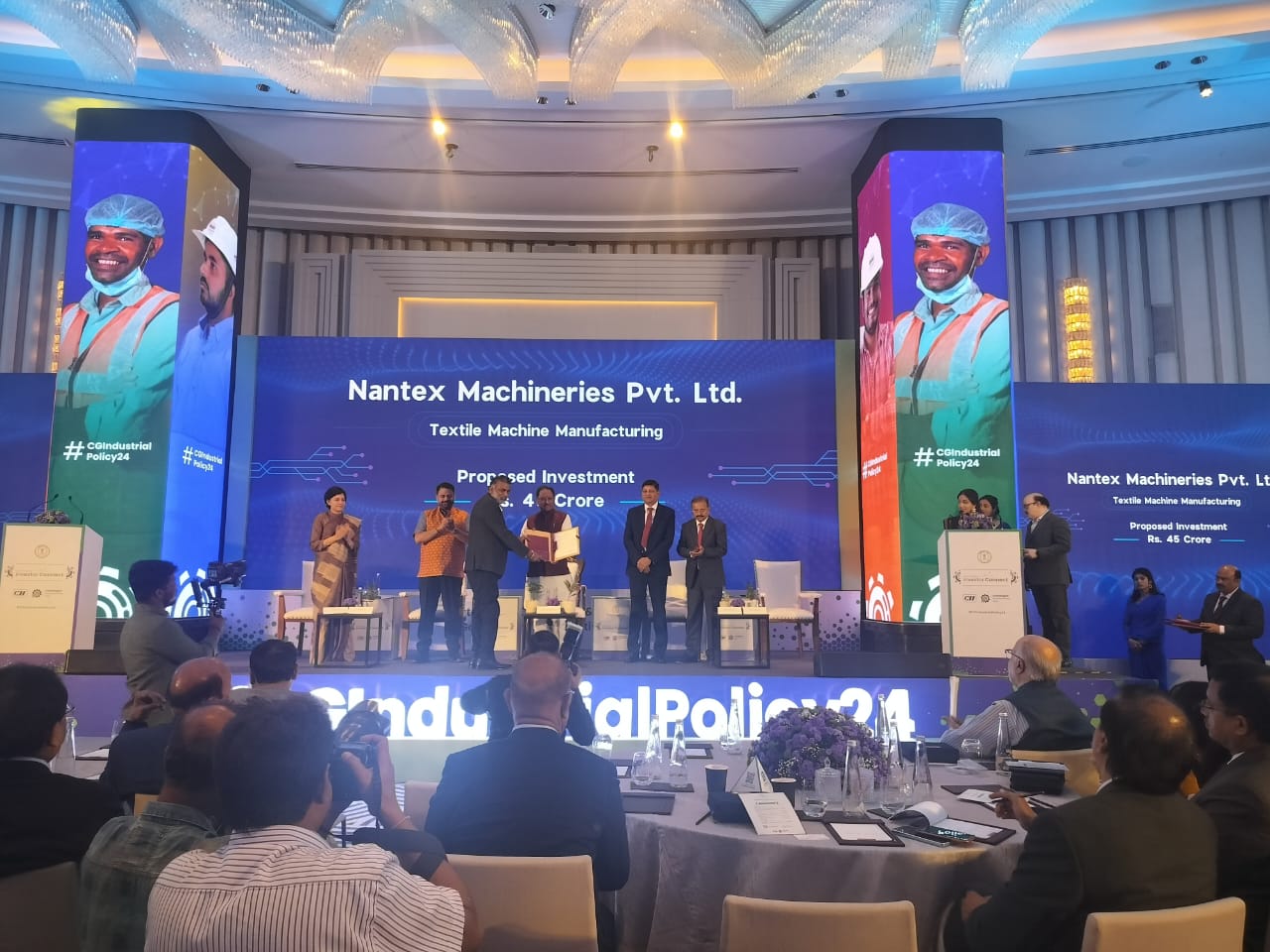






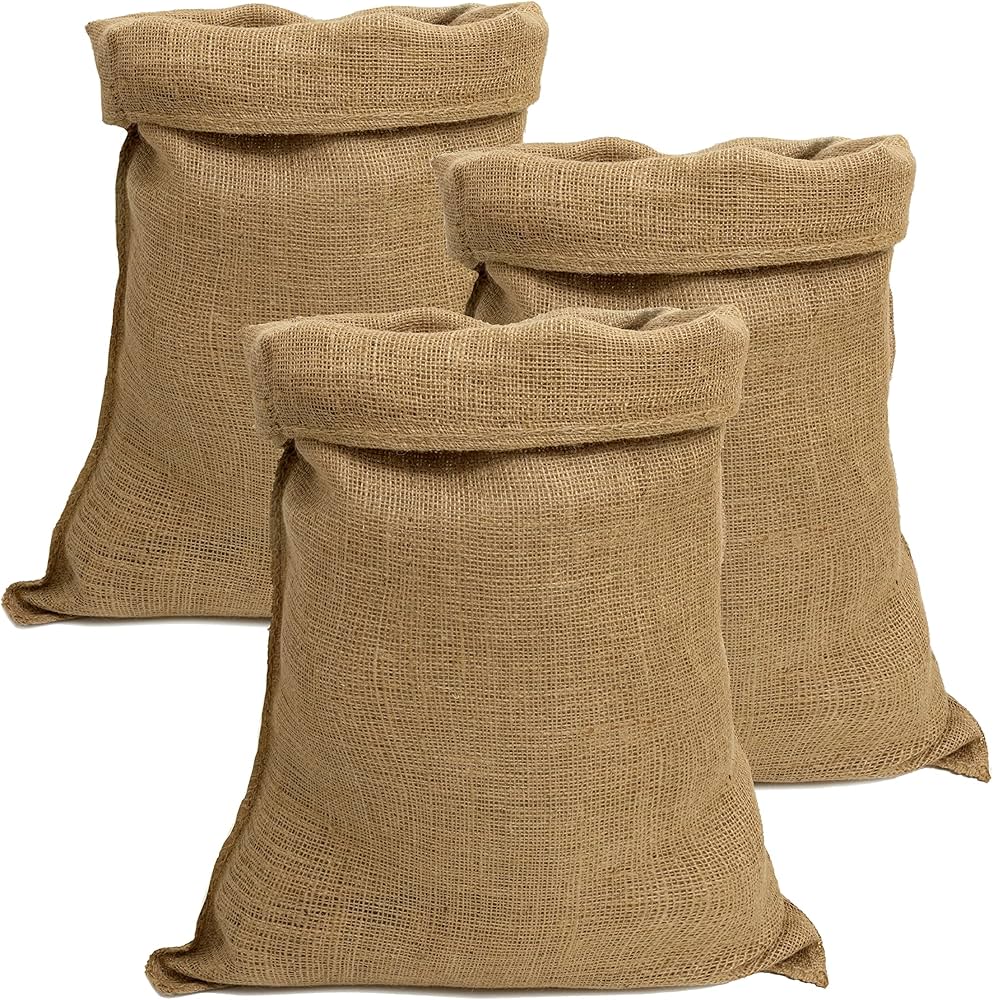




.png)




.jpg)









1.jpeg)
